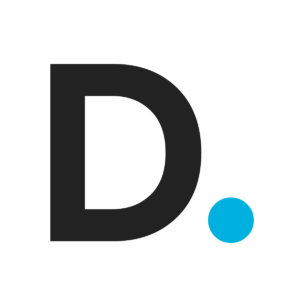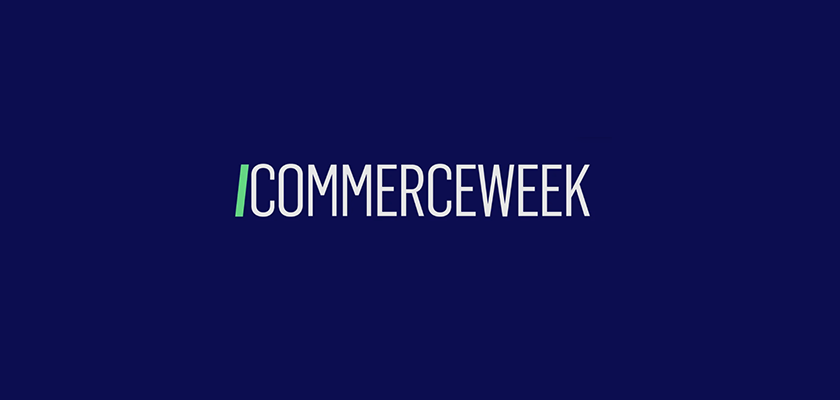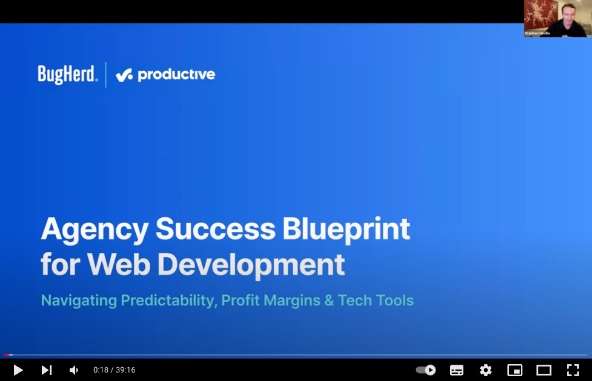
Best Practice Agency Success Framework
Predictability, profit margins, and tech tools – these are important success foundations that agencies need to have in place in order to operate successfully. Now more than ever, ensuring that these pillars are set up properly is crucial as the agency landscape becomes increasingly competitive with more players vying for business and the proliferation of AI.
BugHerd, a leading global provider of website feedback and bug tracking software, hosted a webinar with Fran Vižintin, one of Productive’s leading Business Development Representatives. Over the past three years, Fran has worked with over 1,100 digital agencies of various sizes, helping them improve their operations and workflows. Together they went through actionable strategies to enhance agency performance, including accurate workload forecasting, resource optimization, cost management, and the integration of effective tech tools. Mastering these aspects will enable agencies to achieve success and maintain competitiveness in a constantly evolving market.
Watch the webinar on demand or read the key takeaways down below.
Understanding Predictability
Predictability refers to an agency’s ability to accurately anticipate upcoming projects, resource demands, and financial outcomes, and it forms the foundation of agency success, particularly in industries where work volumes can vary greatly.
This foresight helps agencies manage both personnel and financial resources effectively, preventing overbooking or underutilization, and keeping projects on schedule and within budget.
Most agencies only have insight into the next two or three weeks, which can result in poorly managed resources, exhausted teams, and missed opportunities. Predictability is vital because it facilitates better resource distribution and financial health.
When agencies have a clear view of their future workload and project schedules, they can allocate key resources—such as developers, designers, writers, and managers—efficiently. This minimizes the chances of overwhelming teams or leaving employees with little to do, both of which can lead to inefficiencies and lost opportunities.
How to Enhance Predictability
Scenario planning: Explore how shifting resources impacts profits, workload balance, and client satisfaction. Analyzing different potential scenarios (e.g., changes in client demand or staff availability) can help you prepare for fluctuations and make strategic decisions.
Plan early: Start planning projects months in advance. Don’t wait until the last minute to allocate resources, as forward planning maintains steady workflows and prevents operational bottlenecks. This approach also aids in better cash flow management, ensuring smoother long-term growth.
Track utilization: Monitoring employee availability and utilization rates helps avoid overloading or underusing your staff. A 70-80% utilization rate ensures employees remain productive without becoming overworked. Consistently exceeding 90% can lead to burnout.
Boosting profit margins
Profitability is vital for an agency’s success, but often agencies fail to track which services or roles drive profitability. Regularly analyzing key drivers allows for more informed decision-making around resource allocation and service offerings.
Understanding profitability drivers
Profitability is a crucial indicator of an agency’s health. However, many fail to fully grasp which factors drive or hinder their financial performance. Even in profitable times, agencies must regularly assess which services and roles bring in the most profit and which may be diminishing it.
By drilling down into these key drivers, agencies can adjust their service offerings to optimize profitability and limit financial losses. Conducting regular financial audits that evaluate each service and role allows agencies to measure utilization rates, gross margins, and overhead costs, identifying the most and least profitable areas. This data-centric approach informs better decision-making on resource allocation and cost-cutting strategies, ensuring profitability even during growth periods.
Diversifying the client base
Client dependency poses another significant risk. To mitigate this risk, agencies should focus on expanding their client portfolio. Building relationships across a variety of industries and offering a broad range of services can help spread financial risk and create more sustainable income streams. This strategy ensures more stability, reducing dependence on a single client for profitability.
Recurring revenue for stability
Recurring revenue models, such as retainers, offer a critical financial buffer. Unlike one-off projects, retainers involve long-term agreements with predictable monthly payments, allowing for better resource management and improved cash flow. This consistent income reduces the pressure of constantly chasing new clients, while also building deeper client relationships and unlocking further upselling opportunities.
Managing overhead costs
Controlling overhead expenses is essential to maintaining healthy profit margins. Typical overhead costs include rent, utilities, software subscriptions, and non-billable internal time spent on employee training or paid leave.
To effectively manage these costs, agencies should track and categorize overheads, ensuring they are factored into overall budgets. While larger agencies may have established systems for this, smaller agencies can often overlook hidden costs that may undermine profit margins. Regularly reviewing overheads such as rent and software licenses ensures agencies are aware of financial commitments and can adjust spending or allocate resources more wisely to boost profitability.
By closely monitoring overheads and incorporating them into profitability calculations, agencies can gain a clearer understanding of which services drive success and which may need improvement to protect overall margins.
Streamlining Technology
Agencies have access to a wide array of tech tools, from project management and CRM platforms, to time-tracking systems. However, ensuring that these tools work together effectively is key. A fragmented tech stack can dramatically slow operations.
When selecting technology, agencies should think ahead and consider their future needs over the next six to 24 months. This proactive approach helps avoid the hassle of repeatedly changing tools as the agency scales and requirements evolve.
Optimizing your tech stack and using the right, fit-for-purpose tools is essential, as it will streamline workflows, boost productivity, and enable better collaboration across teams. This approach also reduces inefficiencies, minimizes costs, and ensures that your technology infrastructure can scale as your agency grows, helping you stay competitive and adaptable to future needs.
- Integrate tools: Make sure all systems communicate seamlessly, such as project management, budgeting, and client communication software. Integration ensures data is centralized and accessible.
For example, BugHerd’s website feedback and bug tracking tool integrates seamlessly with Productive‘s all-in-one project management platform to supercharge an agency’s workflow. This helps make web development projects much more efficient as agencies are able to easily track resources, and stay on top of budgets—all in one streamlined workflow. - Plan for growth: Choose tools that not only meet current needs but also support future growth. Planning ahead prevents the hassle of frequently switching platforms as your agency scales.
- Review vendor roadmaps: Make sure your software providers are aligned with your agency’s goals. Ensure their product upgrades and features support your long-term needs.
Summary of key focus areas for an agency success framework
- Predictability: Forecast workloads and resources to improve long-term planning.
- Profit margins: Understand profitability drivers and embrace recurring revenue for stability.
- Tech efficiency: Ensure your tech stack is integrated and future-proofed.
By focusing on predictability, maximizing profitability, and streamlining technology, agencies can navigate challenges, secure long-term success, and adapt to market fluctuations.
Investing in the right tools can provide the advantage agencies need to thrive in a competitive industry. Start making informed decisions now to ensure a successful future.






















